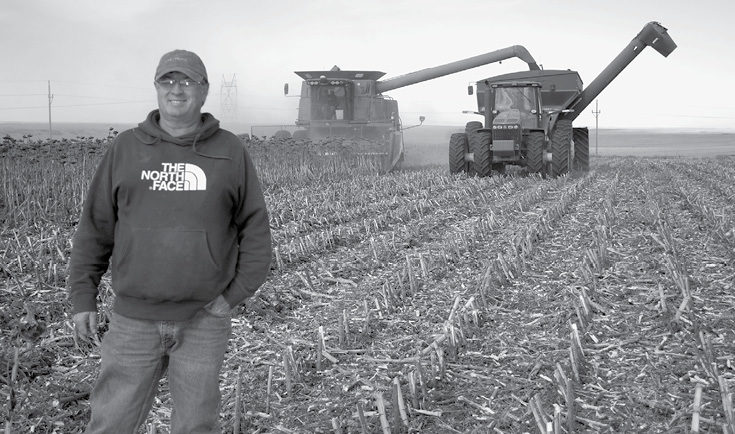No-Till Farmer
Get full access NOW to the most comprehensive, powerful and easy-to-use online resource for no-tillage practices. Just one good idea will pay for your subscription hundreds of times over.

NAME: Ralph Holzwarth
LOCATION: Gettysburg, S.D.
YEARS NO-TILLING: 22
ACRES NO-TILLED: 6,000
CROPS NO-TILLED: Winter wheat, spring wheat, corn, soybeans, sunflowers, field peas, cover crops (turnips radishes, yellow pea mix)
Ten years ago, when our operation was featured in No-Till Farmer, I told the editors that I would stay with no-tillage regardless of what happened.
Well, as we all know, a lot happened during the following decade. I doubt most farmers could have envisioned the sweeping changes in everything from farm programs to equipment technology to advancements in genetics and plant-protection chemicals.
Most of those changes have been favorable for no-tillers. On our farms, we have stayed with continuous no-till, while taking full advantage of many new or advanced crop-production tools.
Modern no-till drill and planter design help us fine-tune seed placement and crop-stand uniformity. Innovative harvest equipment aids in residue management.
Plant breeding and advanced gene manipulation have capped money-robbing corn borers, soil insects and plant diseases. Accelerated plant science also encourages us to use more diverse crop rotations, one of the big keys to weed and disease control.
Smart electronics now steer our machines with sub-inch RTK accuracy while controlling prescription fertilizer rates and plant populations based on soil management zone mapping.
During this amazing decade of progress, our operation adjacent to the Missouri River in north-central South Dakota has expanded from 5,000 to 6,000 acres. At one time, we irrigated a large portion of our cropland, but today it’s all dryland no-till.
Our…